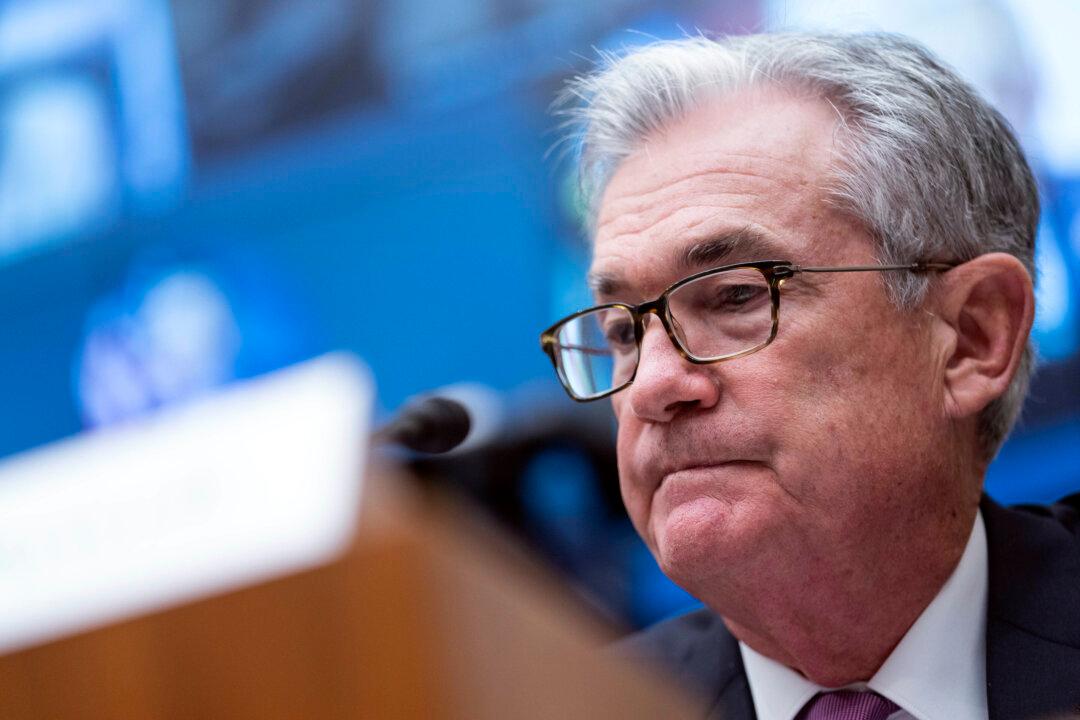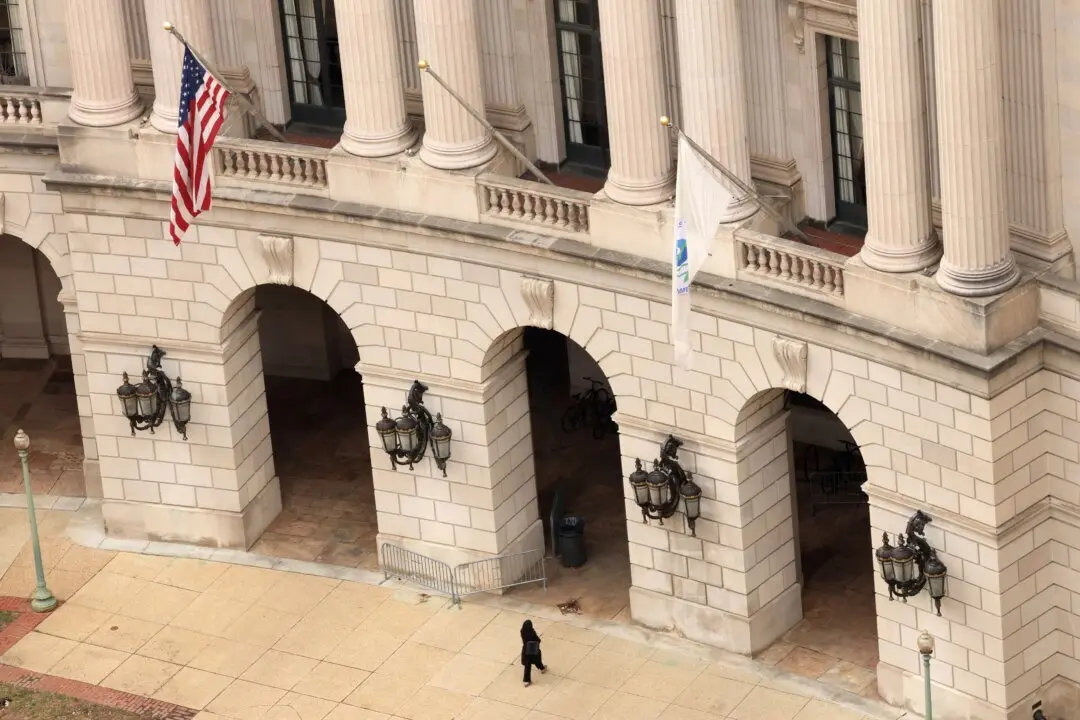WASHINGTON—The Federal Reserve on Wednesday said it will begin trimming its monthly bond purchases in November with plans to end them in 2022, but held to its belief that high inflation would prove “transitory” and likely not require a fast rise in interest rates.
However, the U.S. central bank nodded to global supply difficulties as adding to inflation risks, saying that those factors “are expected to be transitory,” but would need to ease to deliver the anticipated drop in inflation.





